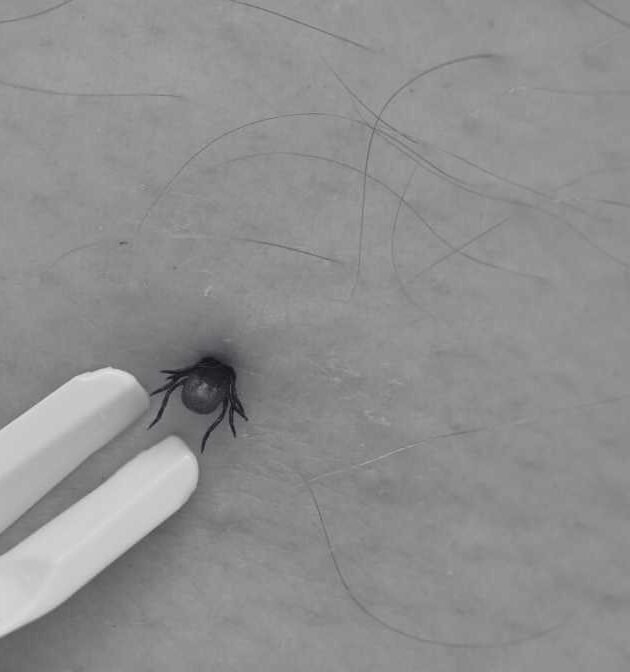
What are Fleas? Can Flea Bites On Humans Cause Harm?
August 6, 2024
Danger Asian Giant Hornet Brings To Humans And Crops
August 8, 2024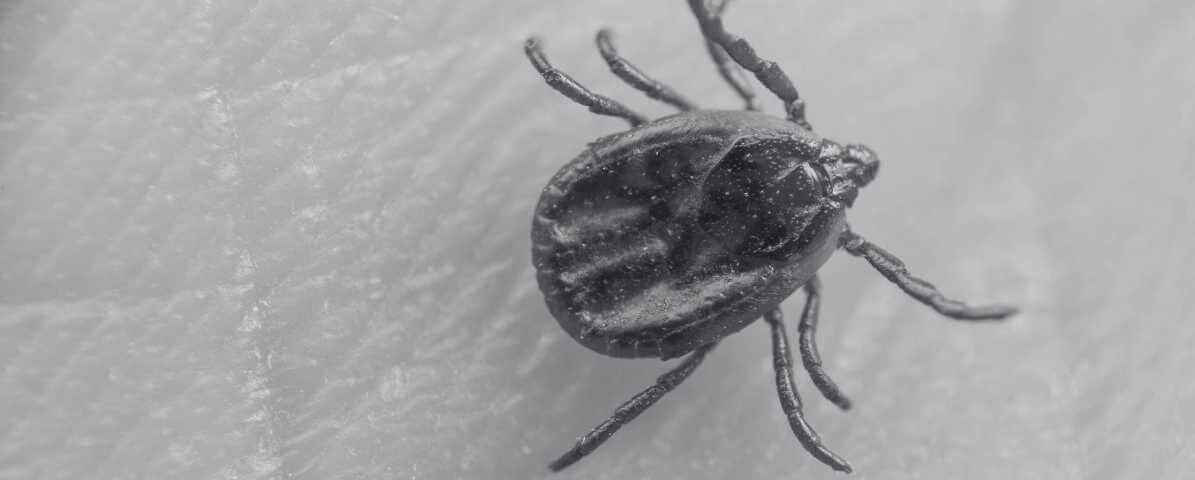
Ticks Blog
Ticks on humans primarily attach in areas where ticks live such as the scalp, behind the ears, armpits, waistline and thighs. They commonly bite to blood-suck, often remaining attached for days if not removed properly.
Essential Tips to Prevent Ticks on Humans and Pets During Outdoor Activities
All About Ticks On Humans And Tick Removal
Ticks are tiny arachnids that can cause significant health concerns for humans and pets. Although they are often overlook because of their small size. They are responsible for transmitting various tickborne diseases worldwide, including Lyme disease. In Malaysia, ticks are common in environments like wooded areas, parks and gardens.
Posing risks to outdoor enthusiasts, pet owners, and households. Rid of ticks on humans or cats and how to find a tick and the proper tick removal techniques are essential for protection. This guide provides detail insights into the types of ticks. How they affect both humans and pets and the safest methods to remove a tick efficiently.
Overview of Tick Species in Malaysia
Brown Dog Tick (Rhipicephalus sanguineus)
The brown dog tick is one of the most prevalent types of ticks in Malaysia. Its name reflects its primary host, canines but it also attacks humans and ticks on cats.

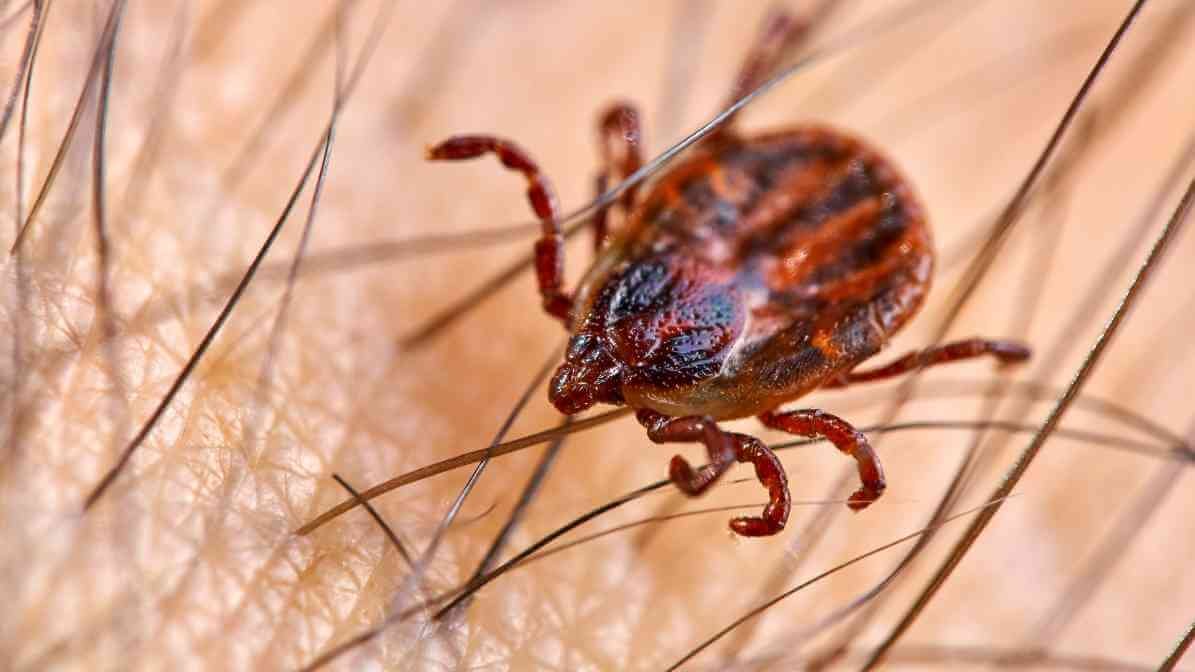

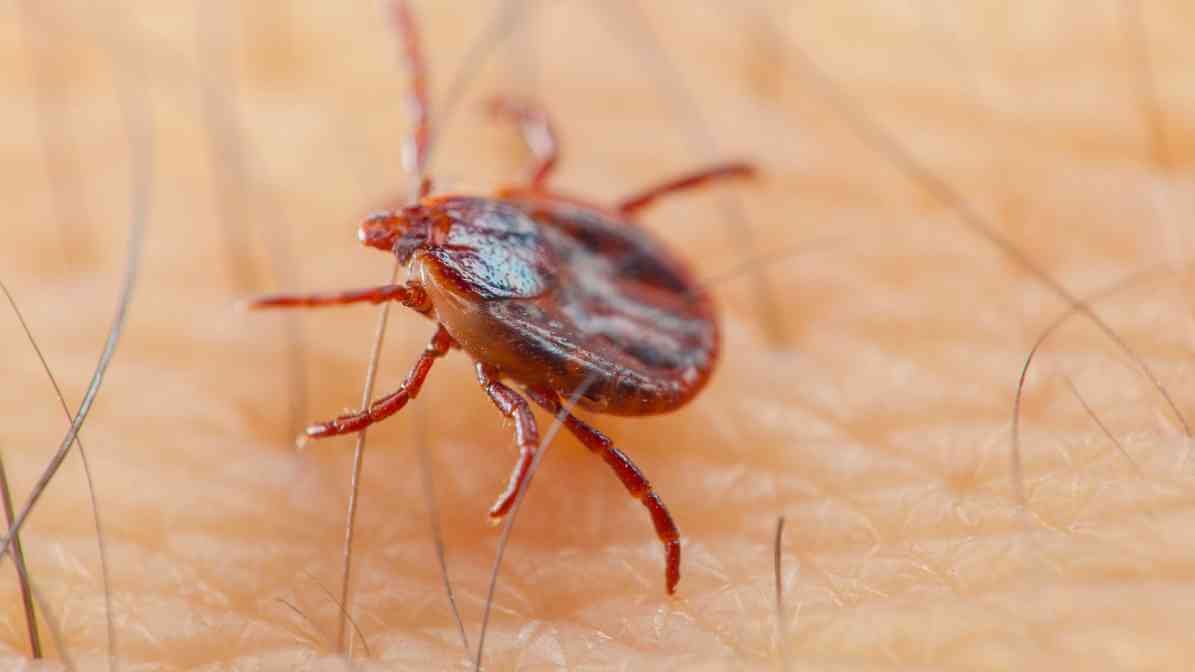
Characteristics: A small, brown to reddish-brown tick with a hard shield on its back.
Habitat: They live around fenced yards, kennels, and area where ticks live on domesticated animals. They thrive in warm, humid climates and can live indoors or outdoors.
Behaviour: This tick is blood-sucking and tends to latch onto the cat’s skin or humans. After crawling in wooded areas or contaminated spaces.
Risks: They can transmit tick borne diseases such as Ehrlichiosis and can also cause skin irritation and tick mark signs in your pets.
Early Signs of Ticks on Humans and How to Protect Yourself from Tickborne Illnesses
Tropical Bont Tick (Amblyomma variegatum)
Another species of ticks found in Malaysia is the Tropical Bont Tick. While less common, it can live in wooded areas and pastures.
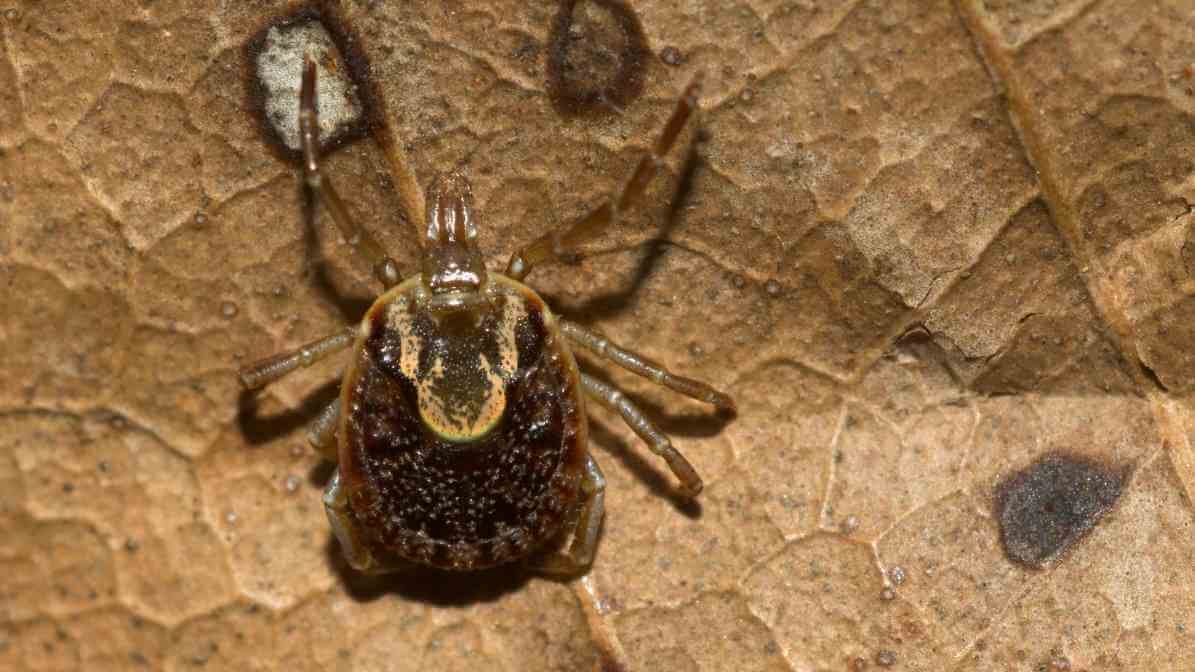
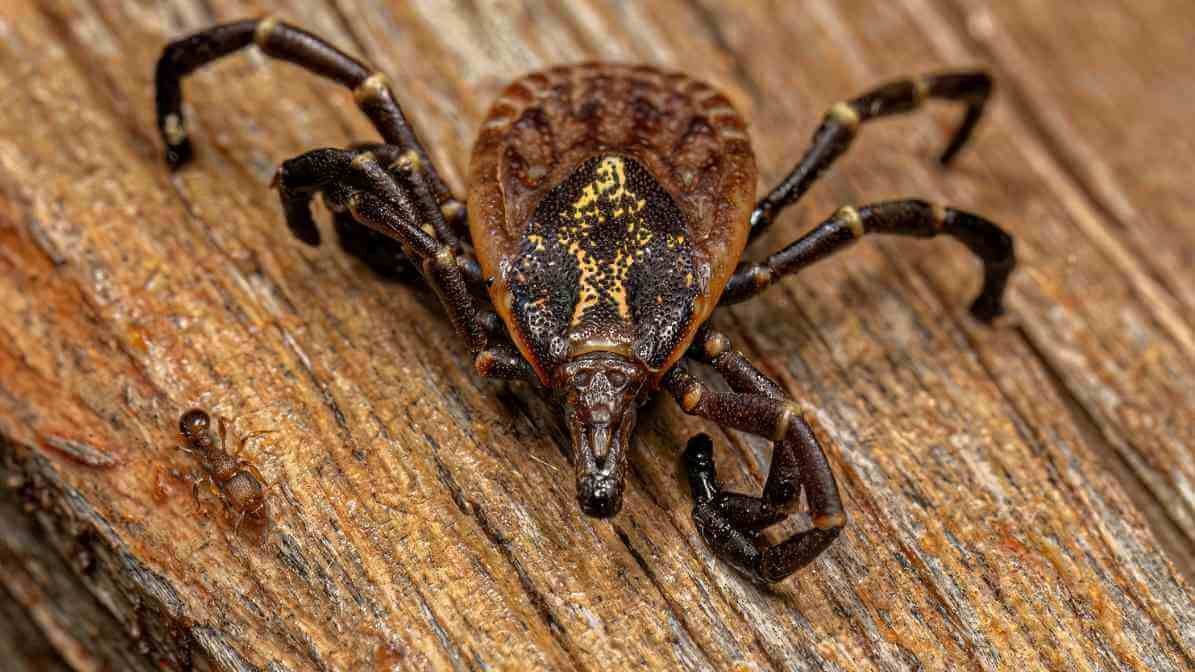
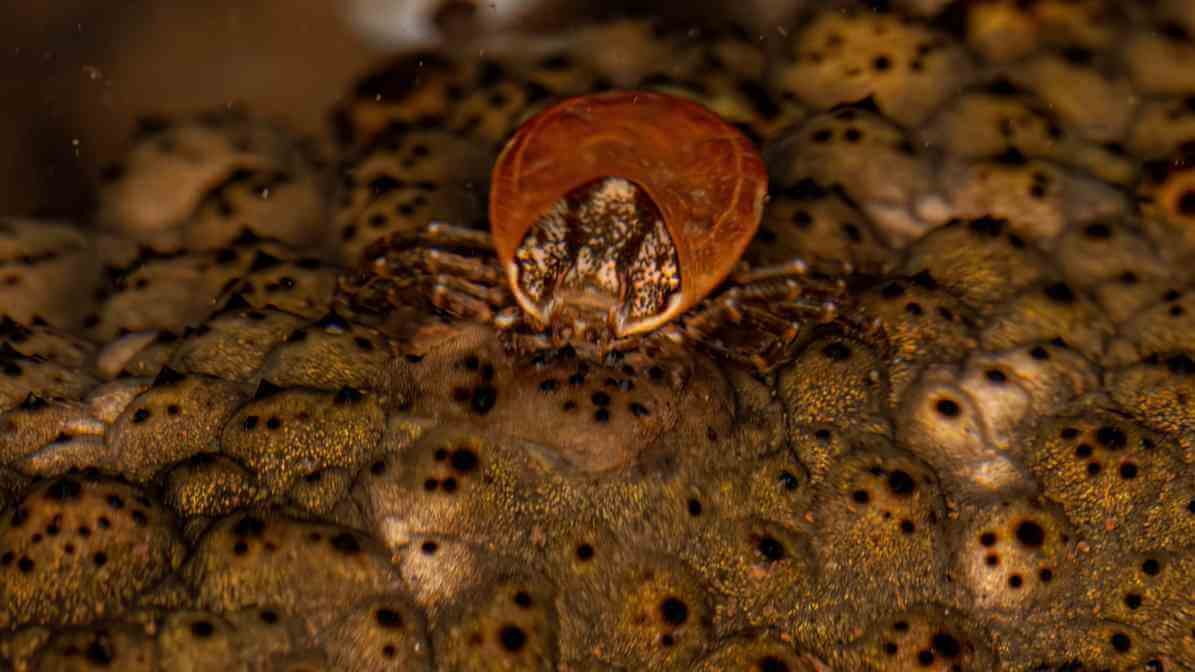
Identification: Recognised by its distinctive markings and larger size compared to brown dog ticks.
Habitat: Often found in grasslands and wooded areas, especially in farms and rural regions.
Health risks: This tick can spread pathogens that cause diseases in livestock and sometimes humans.
Symptoms of Tick Bites and Tick-Related Illnesses
Ticks on Humans, How Ticks Affect Humans?
In Malaysia, Lyme disease is less common, but other tickborne illnesses may occur. Especially if ticks spread in wooded areas. Ticks on humans pose a health risk primarily because of their ability to transmit diseases during blood sucking. When ticks bite, they insert their tick's head into the skin at the bite site and latch on firmly.
This process can take several hours, allowing for the transmission of pathogens.
Tick Mark
A small, round tick mark or rash around the bite area.
Redness and Swelling
Often develops in the bite site.
Itching or Irritation
Fever and muscle aches can occur if tickborne diseases like Lyme disease or Rocky Mountain fever are transmit.
Prevention Measures for Ticks on Humans and Cats
Identifiable Signs and The Risks of Ticks on Cats
Ticks on cats are quite prevalent, particularly in outdoor or rural settings. These blood sucking ticks lives on the cat skin and feed on its blood. Which can lead to anaemia, skin infections or transmission of diseases such as brown dog ticks. Pet owners should use tick preventatives like topical treatments or collars.
Regularly check the cat's skin in area where ticks live and find a tick early to remove the tick safely.
Excessive grooming, licking or scratching
Visible ticks attached to the cat's skin
Hair loss or irritated patches
Lethargy or loss of appetite when infected
What Are The Health Risks Of Ticks On Humans?
Ticks can transmit tick borne diseases such as Lyme disease, Rocky Mountain fever and other bacterial or viral infections. These illnesses can cause symptoms ranging from mild flu-like signs to severe neurological or cardiac issues if untreated.
How Ticks Spread in Malaysia?
How to Find a Tick on Humans or Pets?
Ticks are highly effective at spreading diseases because they often feed on multiple hosts during their life stage. When a tick sucks blood from an infected animal like wildlife, dogs or rodents, it can later transmit pathogens to humans or other pets. Wooded areas and tall grassy regions are prime areas where ticks live and thrive. This increases the chance of exposure during outdoor activities like hiking, camping or gardening.
Pets that roam these areas are at especially high risk, making regular checks critical. Pets should be check carefully after outdoor walks, especially in area where ticks are prevalent. Knowing how to find a tick helps in early detection and setup for tick removal. To locate ticks on humans or ticks on cats:
Examine common bite site areas: scalp, behind ears, armpits, waist, groin and behind knees.
Use a mirror or ask someone for help inspecting hard-to-see areas.
Carefully look for swellings, red spots, or tick marks, small, round tick or embedded tick head.
Ticks can be as small as a sesame seed when unengorged but swell significantly after feeding.
Safe Methods for Removing the Tick
The Hidden Danger of Ticks on Humans and Pets
Removing the tick correctly minimizes health risks. Here’s a step-by-step guide:
Step 1: Prepare Your Supplies
- Fine-tipped tweezers or a specialized tick removal tool.
- Rubbing alcohol or rubbing alcohol to disinfect.
- A pair of latex gloves, it is optional for hygiene purpose.
Step 2: Grasp the Tick
- Use squeeze the tick with the tweezers as close to the bite site as possible.
- Do not squeeze the tick with your fingers to prevent squeezing the tick's body and releasing infectious fluids.
Step 3: Pull the Tick
- Apply steady, even pressure and pull slowly upward without twisting.
- Make sure to find a tick with the tweezers so the tick's head and body are remove together.
- Do not pull forcefully or squeeze the tick violently to avoid dismembering the insect.
Step 4: Disinfect
- After removing the tick, clean the bite site with soap and water or rubbing alcohol.
Step 5: Dispose Properly
- Submerge the tick in alcohol or place it in a sealed container.
- You can also find a tick and squeeze the tick in tissue and dispose of properly.
Special Techniques
- For removing the tick, some recommend briefly placing a hot match near the tick. Without touching it to encourage it to detach naturally. This method is not widely endorse is apply traditionally.
- Always find a tick’s head during removal, incomplete removal increases the risk of infection.
Final Tips for Preventing Ticks and Ensuring Safety
Tips to Prevent Ticks on Humans and Pets During Outdoor Activities
Removing the tick correctly minimizes health risks. Here’s a step-by-step guide:
Always inspect your body and pets thoroughly after outdoor activities. Especially in wooded areas or places with tall grass, where ticks live.
When you find a tick, remove a tick promptly using proper techniques like tweezers. Ensuring you squeeze the tick close to your skin to avoid leaving the tick’s head embedded.
Applying rubbing alcohol directly to the tick before removing. It can help make tick removal easier by encouraging the tick to detach.
Keep your garden grass short, clear leaf litter and create barriers to reduce area that ticks and minimise exposure.
Professional Ticks Control Services
Innovative Pest Blog Summary
Ticks are common in many environments and pose health risks to both humans and pets through tick bites. Recognising the type of ticks present in Malaysia like the brown dog tick and tropical bont tick helps you stay informed and prepared. Learning how to find a tick and removing the tick correctly are crucial steps. It helps in preventing the transmission of tickborne diseases such as Lyme disease.
Always find a tick with proper tools, squeeze the tick carefully and clean the bite site with soap and water or rubbing alcohol. Awareness and prompt action safeguard your health and that of your pets. By staying vigilant and knowing how to remove the tick safely, you can enjoy outdoor activities with peace of mind.


